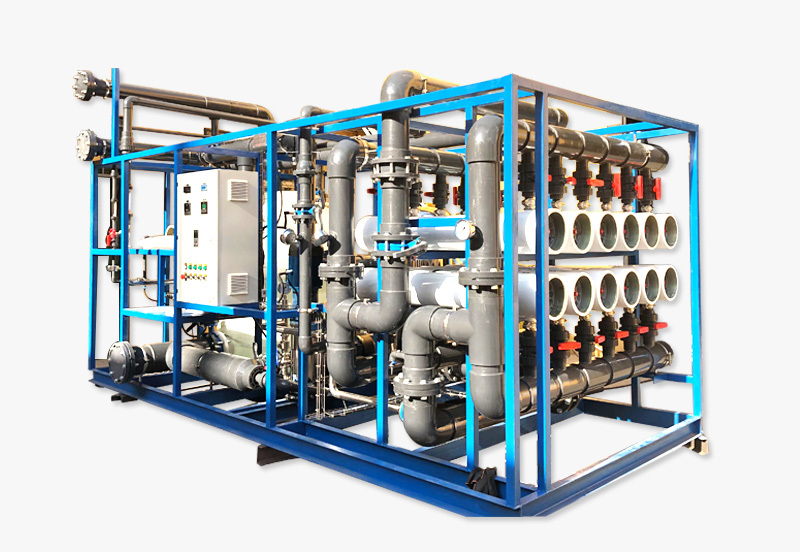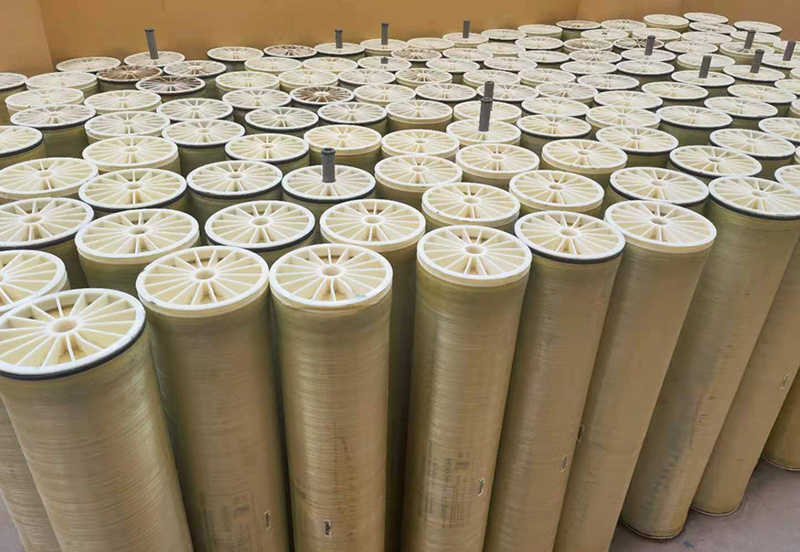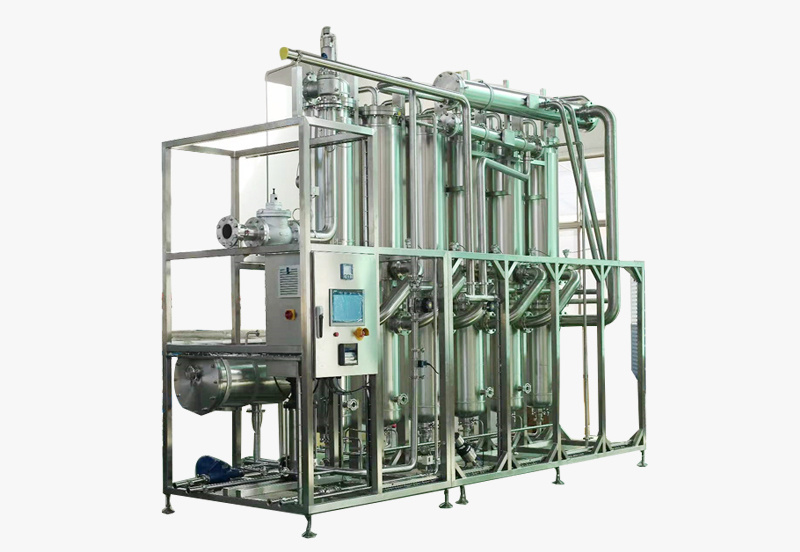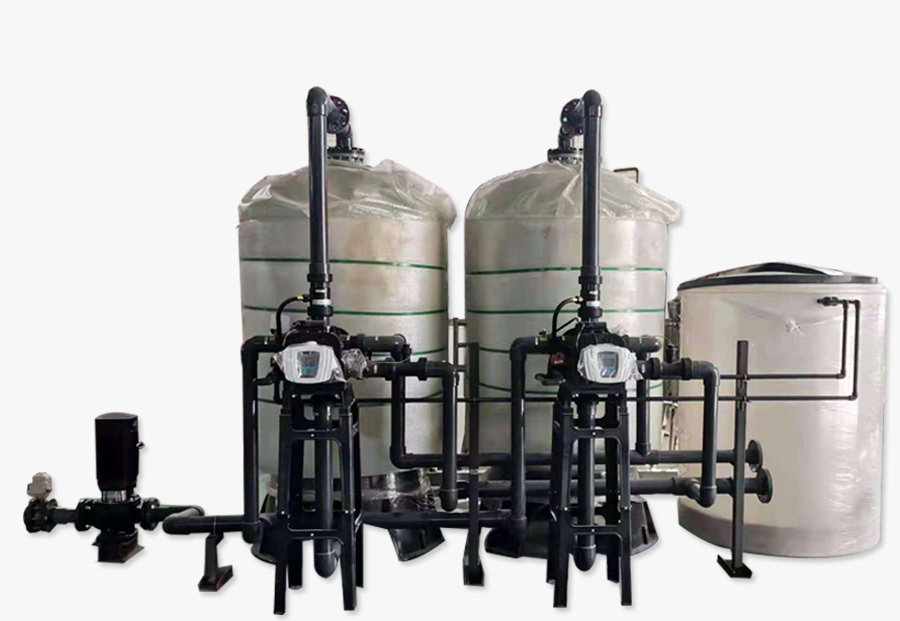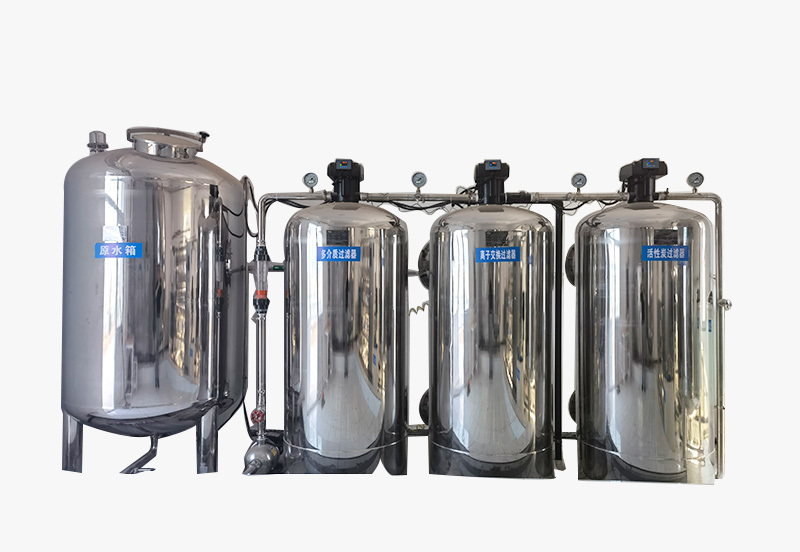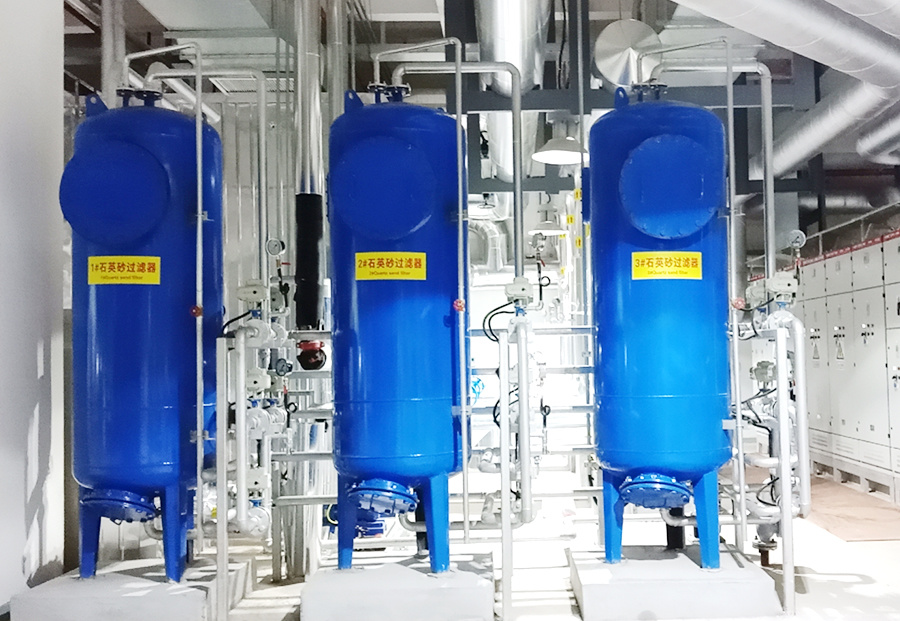Cleaning equipment
Tags:
Belongs to Category:
Cleaning equipment
Product Description
Overview
After a period of normal operation, reverse osmosis membrane elements can be fouled by suspended solids or sparingly soluble salts that may be present in the feed water. The most common of these pollutants are calcium carbonate precipitation, calcium sulfate precipitation, metal (iron, manganese, copper, nickel, aluminum, etc.) oxide precipitation, silicon deposits, inorganic or organic mixed deposits, NOM natural organic matter, synthetic organic matter (such as scale inhibitors/dispersants, cationic polyelectrolytes), and microorganisms (algae, mold, fungi).
Cleaning and Rinsing Procedure for RO Membrane Elements
RO membrane elements can be placed in a pressure vessel and cleaned by circulating cleaning water (RO product water or clean water free of free chlorine) through the membrane elements at high flow rates. The RO cleaning procedure depends entirely on the specific situation, and the cleaning water used for circulation should be replaced if necessary.
The regular cleaning procedure for RO membrane elements is as follows:
Low-pressure rinsing at 60 psi (4 bar) or lower pressure. This involves pumping clean water from the cleaning tank (or equivalent water source) into the pressure vessel and then discharging it, running for a few minutes. The rinse water must be clean RO product water or deionized water that is free of hardness, transition metals, and residual chlorine.
Prepare the specific cleaning solution in the cleaning tank. The water used for preparation must be RO product water or deionized water that is free of hardness, transition metals, and residual chlorine. The temperature and pH should be adjusted to the required values.
Chemical Cleaning and Water Rinsing of Reverse Osmosis Membranes
During cleaning, the cleaning solution is circulated at low pressure and high flow rate on the high-pressure side of the membrane. The membrane element is still installed in the pressure vessel, and a special cleaning device is required to perform this work.
General steps for cleaning reverse osmosis membrane elements:
1. Use a pump to pump clean, free chlorine reverse osmosis product water from the cleaning tank (or equivalent water source) into the pressure vessel and discharge for a few minutes.
2. Prepare the cleaning solution in the cleaning tank using clean product water.
3. Circulate the cleaning solution in the pressure vessel for 1 hour or a preset time.
4. After cleaning is complete, drain the cleaning tank and rinse it. Then fill the cleaning tank with clean product water for the next rinsing step.
5. Use a pump to pump clean, free chlorine product water from the cleaning tank (or equivalent water source) into the pressure vessel and discharge for a few minutes.
6. After rinsing the reverse osmosis system, operate the reverse osmosis system with the product water discharge valve open until the product water is clean, free of foam, or free of cleaning agent (usually 15-30 minutes).
Leave a Message
Fill in your phone number and E-mail information, and we will contact you within one working day to solve your problems as soon as possible.
-- Recommended --
Shijiazhuang Tianwang Environmental Protection Technology Co., Ltd.
Shijiazhuang Tianwang Environmental Protection Technology Co., Ltd. is a high-tech enterprise specializing in the research and development, manufacturing and sales of water treatment equipment.
Contact Information
Production address: No. 9, Fengchan Road, Economic and Technological Development Zone, Shijiazhuang City
Office Address: 25th Floor, Block C, No. 310 Changjiang Avenue, Shijiazhuang High-tech Development Zone
Contact Number:
0311-89272359 0311-68039237
Enterprise Email:
twhbkj@163.com
Website: en.sjztwhb.com


